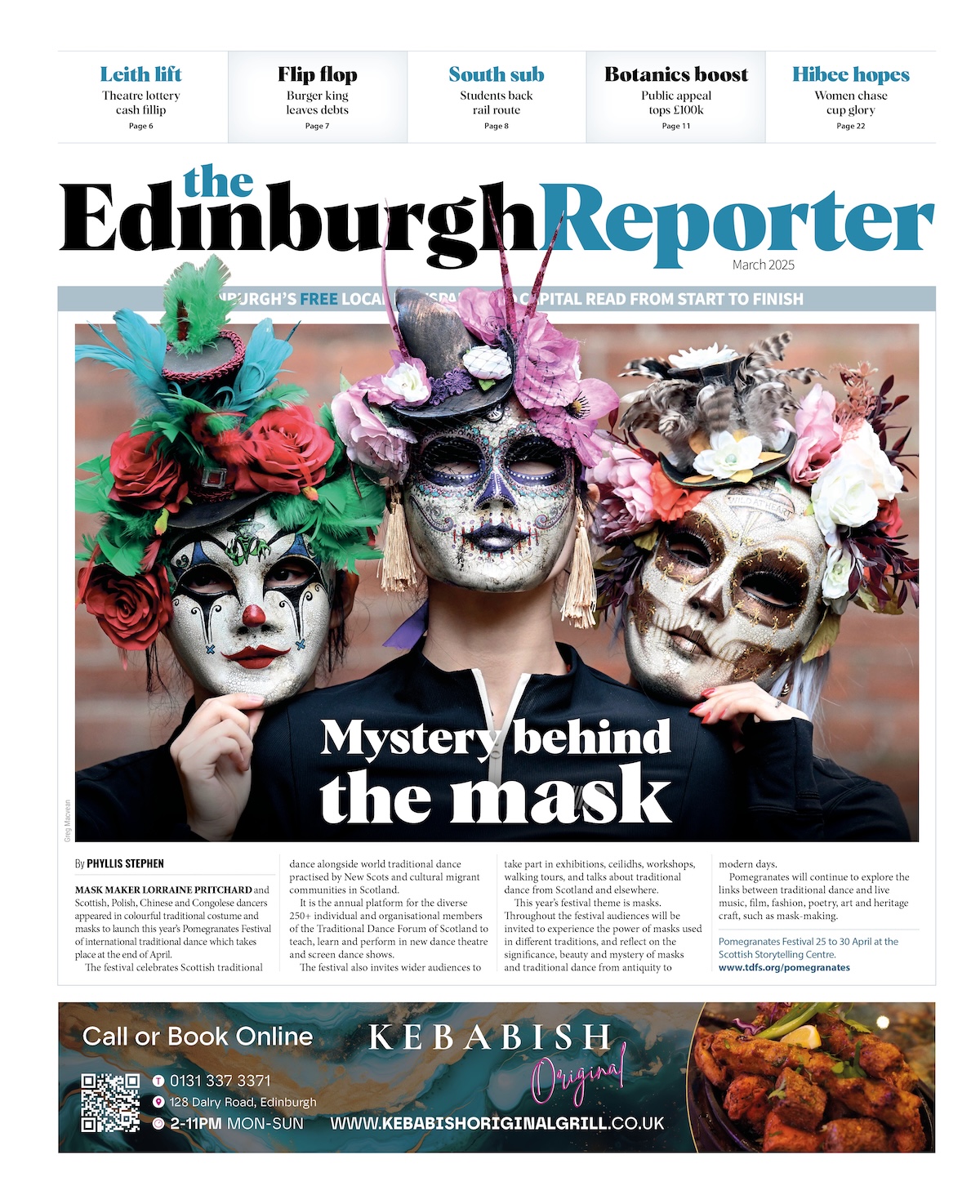It was an ambitious aim – to represent American music composed in the last 100 years, and with just five performers – but in its Queen’s Hall concert on 8 November 2011, the Hebrides Ensemble just about achieved it. And with pieces ranging from the user-friendly minimalism of Steve Reich’s New York Counterpoint to the little-known 1911 Piano Trio by Charles Ives, there was something for all tastes – and something to allow all the players to shine.
Performances were remarkably assured, impeccably drilled and with a biting incisiveness that brought the music to vibrant life. Jennifer Higdon’s Smash was an arresting opener, a study in speed and dexterity that had all the musicians on their toes in a performance full of energy and wit. Violinist Alexander Janiczek gave a nimble, sparkling reading of John Adams’s post-minimalist Road Movies, managing to convey the piece’s easy-going charm while maintaining a supple intensity, and he was matched by the fine rhythmic precision of pianist Philip Moore – who gave a marathon performance as the only player involved in every single piece.
The Ives Piano Trio was a real discovery, and held the audience spellbound through its three contrasting movements. Hebrides Ensemble artistic director and cellist William Conway joined Janiczek and Moore for a gripping reading that moved effortlessly from the high-jinks of the second movement (named TSIAJ – ‘This Scherzo Is A Joke’), with its popular tunes thrown back and forth between performers, to the sublime Wagnerian seriousness of the third.
Yann Ghiro was clean and lively in Steve Reich’s multi-clarinet New York Counterpoint, although it suffered slightly from Ghiro’s live playing being so much louder than the ten tracks he’d pre-recorded to accompany himself. Still, it’s a minor complaint, and his crisp articulations and boundless energy more than made up for it.
The evening’s highlight, though, was the strange and mystical Vox balaenae (Voice of the Whale) by George Crumb, for masked flautist, cellist and pianist bathed in blue light. This made for a striking stage image, and the gripping, transcendent performance by the Hebrides players more than matched it. Okay, the 1971 piece might seem slightly dated now, with its strumming of piano strings, seagull cries from the cello, and weird vocalised warblings in the flute, but it still casts a potent spell, and in as compelling a performance as this, it manages to evoke the timelessness of the geological eras after which its variations are named. It was a bold undertaking, but one that more than paid off.











